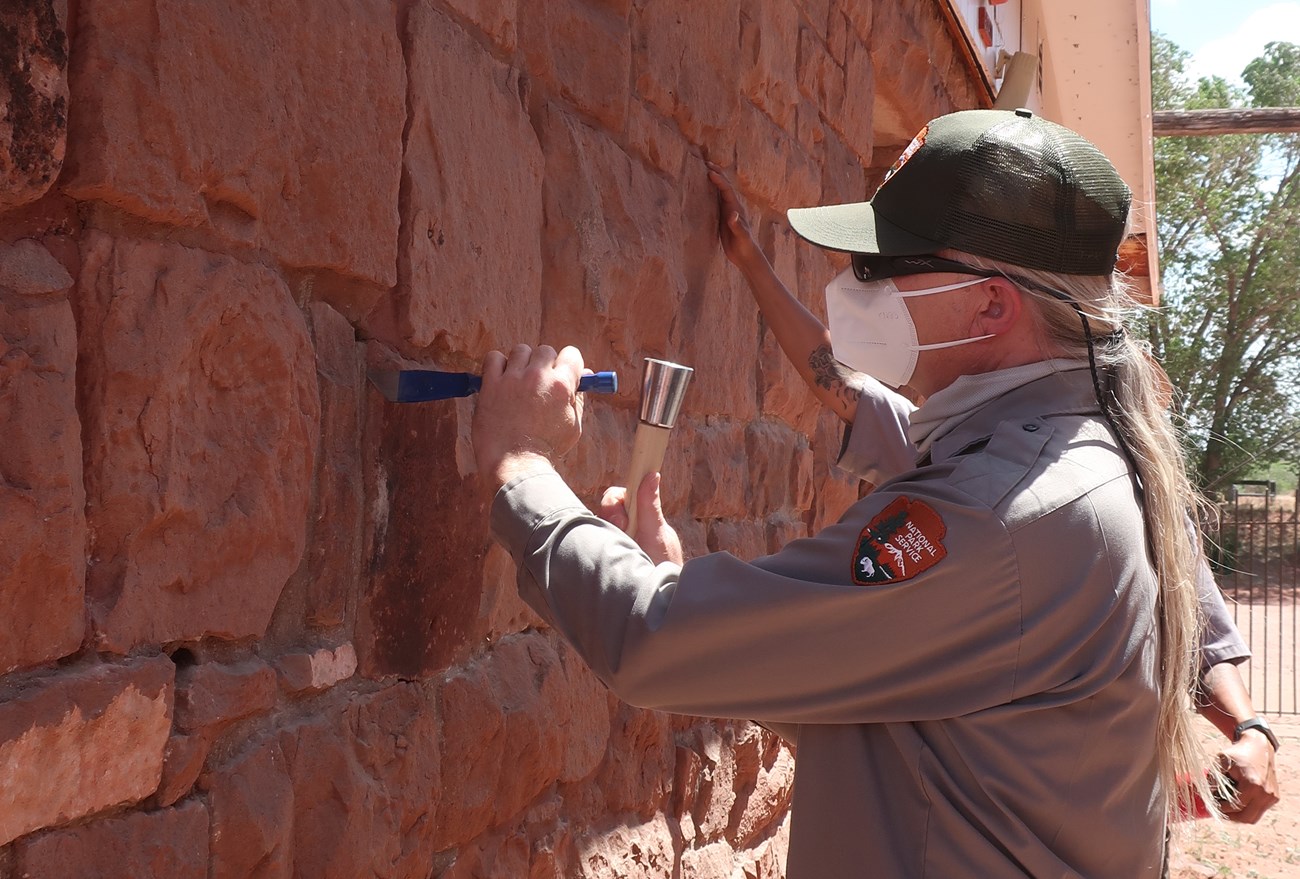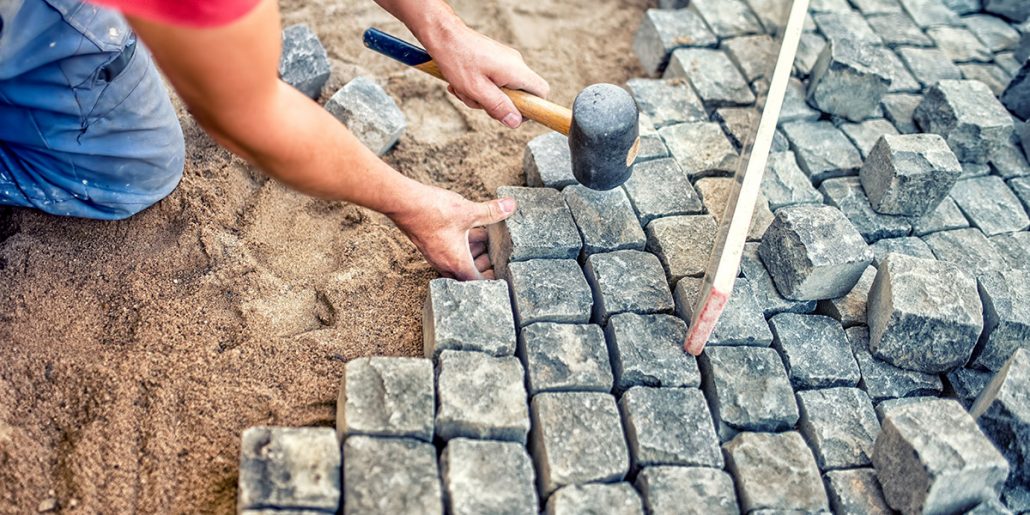High-quality Roofing Contractor Services for Your Home
High-quality Roofing Contractor Services for Your Home
Blog Article
Unlocking the Keys of Sustainable Masonry Construction Practices for Eco-Friendly Structures
In the world of contemporary construction, the pursuit of sustainable techniques has actually ended up being critical. Among the myriad approaches to environmentally friendly building, lasting stonework construction stands out as a reliable and sturdy technique that holds a wealth of untapped possibility. From the selection of materials to cutting-edge building techniques, the keys to achieving sustainability within masonry building and construction are diverse and intriguing. By discovering the benefits, materials, strategies, and future trends of lasting stonework, a deeper understanding of just how these methods can shape the future of eco-friendly structures arises.
Advantages of Sustainable Masonry Building And Construction
Embracing sustainable masonry building and construction methods not just minimizes environmental impact yet likewise provides long-term financial benefits to home builders and neighborhoods. By utilizing products like recycled bricks, blocks, and rocks, contractors can considerably lower the carbon footprint of their projects while advertising resource performance. Furthermore, lasting masonry construction strategies, such as appropriate insulation and thermal mass homes, can enhance energy efficiency within structures, leading to lowered operational prices in time.
Moreover, the resilience and strength of masonry frameworks add to lasting economic advantages. Buildings constructed using lasting stonework practices often call for much less maintenance and repair work, translating to set you back financial savings for home builders and building proprietors. The durability of masonry products likewise guarantees that structures continue to be stable and secure, minimizing the demand for frequent restorations or replacements.
Eco-Friendly Masonry Materials
Utilizing environmentally friendly masonry materials is a pivotal action in the direction of enhancing the sustainability of construction techniques and decreasing ecological effect while making best use of long-term financial advantages. Sustainable masonry materials are sourced, produced, and made use of in a way that decreases overall environmental impact. Lasting concrete blocks incorporate recycled aggregates and may include enhanced insulation residential properties, contributing to power effectiveness in buildings.
Moreover, natural products like adobe, rammed earth, and straw bales give superb thermal mass residential properties, minimizing the need for heating and cooling down energy. These materials are often in your area offered, promoting local economic climates and minimizing transportation-related carbon discharges. By selecting environmentally friendly masonry materials, building and construction tasks can significantly reduce their ecological footprint and add to the development of much healthier, a lot more sustainable constructed settings.
Energy-Efficient Masonry Methods
Power efficiency plays an essential function in improving the sustainability of masonry construction techniques. One essential energy-efficient masonry method is the usage of thermal mass, which entails integrating dense products like Get the facts concrete or brick into the structure's structure to take in and store heat.

Developments in Sustainable Masonry
Recent innovations in sustainable stonework practices have actually caused cutting-edge techniques that are reshaping the construction market. One such technology is the advancement of self-healing concrete, which makes use of germs installed within the concrete to heal fractures autonomously. This advancement not only decreases maintenance expenses however additionally improves the resilience of stonework frameworks, adding to their sustainability.
One more remarkable innovation is the use of recycled accumulations in masonry building and construction - masonry contractor. By incorporating materials such as crushed ceramic waste or recycled glass right into concrete blends, builders can decrease the ecological influence of construction projects while preserving architectural honesty. This technique not just draws away waste from landfills but also saves natural deposits, making it an essential improvement in lasting stonework building
Moreover, the assimilation of electronic layout devices, such as Structure Information Modeling (BIM), is transforming the way masonry structures are planned and constructed. BIM permits even more specific estimations, reduced product wastefulness, and boosted power performance, eventually causing more sustainable building techniques. These innovations jointly indicate an encouraging future for lasting masonry construction in the era grinding stamped concrete of environmentally friendly buildings.
Future Trends in Stonework Sustainability
With the ingenious strides made in sustainable stonework techniques, the future patterns in masonry sustainability are positioned to more reinvent the building industry. One of the vital patterns shaping the future of masonry sustainability is the boosted combination of technology. Innovations such as Structure Information Modeling (BIM) and virtual fact simulations are being used to optimize stonework building processes, bring about decreased material waste and boosted energy effectiveness in buildings.
Furthermore, the advancement of unique sustainable products is readied to play a substantial duty in boosting the eco-friendliness of stonework building and construction. masonry contractor. Technologies like self-healing concrete, recycled aggregates, and bio-based binders are gaining grip for their capacity to lessen environmental effect while maintaining structural honesty

Conclusion
In conclusion, sustainable masonry building methods use countless advantages for green structures. masonry contractor. Advancements in lasting stonework are continually being created to even more enhance the environmental performance of buildings.
Report this page